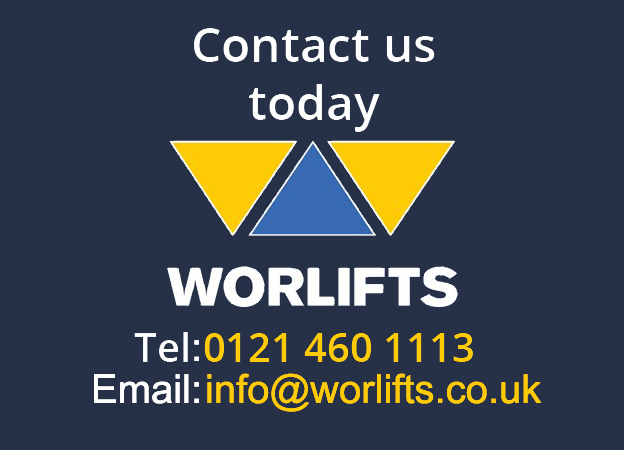NEWS AND BLOG
Worlifts specialise in the supply and in-service support of all lifting equipment and associated lifting gear and crane rigging accessories.
We offer our customers the world's leading brands, this will give you the confidence that all lifting items supplied will be fully certified to the current standard and will be fit for task.

Filter By Category
- All Posts
- Enerpac
- Health and Safety
- Hydraulic Systems
- Lifting Equipment
Check out the New SL400 Hydraulic Gantry
Safety is always at the forefront for Enerpac, the new SL400 meets the safety standards set by ASME B30.1-2009. The SL400 is our highest capacity bare cylinder gantry, and our only bare cylinder gantry equipped with 3 stage lifting cylinders. The gantry lifts to an impressive 9.144 mm at the top of the 3rd stage. …
How to Investigate a Workplace Accident
As part of your general Health and Safety procedures you should have a robust accident investigation process. As with any system, it should be documented, understood and followed every time an accident is reported, no matter how small. The reasons are fairly obvious – if there has been any kind of accident that results in…
Should I Report a Workplace Incident?
When something happens in the workplace that causes injury to a colleague, customer or member of the public, there’s very often the question asked as to whether someone should report that incident. People sometimes worry that more work could be created by reporting a workplace incident. This may, in fact, be true as in some…
Is It Essential That You Work at Height?
We talk a lot about the safety implications of working at height and what you should do to ensure you comply with all the rules and regulations. We also talk a lot about the risk to life and limb as staying safe should always be your priority. However, we haven’t covered the one major consideration…
What’s the difference between fall arrest and fall restraint?
Two terms that commonly get mixed up are the concept of “fall arrest” and “fall restraint”, however they mean two very different things. Fall arrest systems are used to slow or damp a fall when it occurs. They’re used in situations where a fall is likely, such as working at height on ropes or where…
Safety Quick Tip – Effective Signage
We talk a lot about safety on this blog and making sure that all steps are taken to ensure all risks are assessed and any dangers are mitigated. But what if those dangers are just inherent in the environment and cannot be taken away? For example, if you’re working in a road and you can’t…
This Could Save Your Life When Working at Height
Working at height is dangerous at the best of times and we’ve already spoken about the benefits of making sure everything is safe on the way up and also when you get to height. There’s no doubt that planning everything out is absolutely essential if you want to ensure safety, but there’s another side to…
The Tired Old H&S Excuse
There’s no doubt that people have a poor image of Health and Safety. We’re always hearing about how it’s ruined an office party, stopped an event going ahead or closed down an event for apparently ridiculous reasons. However H&S is rarely the problem here, it’s usually because people are generally lazy. For example, the HSE…
Three essential hydraulic maintenance checks
Without hydraulics it’s fair to say that many industries we take for granted just wouldn’t be possible today. For example, in the construction business where large, bulky and heavy materials need to be extracted, transported and delivered for infrastructure, hydraulics play a major part. Even the trains that are used to transport such this infrastructure…
Quick Tips for Working at Height – Check Your Risk of Falls and Accidents
When working at height you will be facing a whole range of differing environmental issues that will look very different from the ground. For example, power cables and protruding building features. If you’re using some sort of basket crane for example you need to ensure you have plenty of head room for not only the…
Quick Tips for Working at Height – Consider other areas
When you’re working at height you will obviously go through all the check-lists to ensure you have the correct equipment. You’ll also no-doubt take into account the height and the ground you’re working from. However, have you considered other areas around you? Sometimes a hazard can come from a place you hadn’t planned to be.…
Working at Height – Understand the Risks
Without taking proper precautions and identifying the risks pertinent to your specific application, your height safety preparation may be at best, poor and at worst, dangerous. Height safety and accident prevention isn’t a “one size fits all” solution to whatever it is you’re going to be doing that day. The way you deal with each…